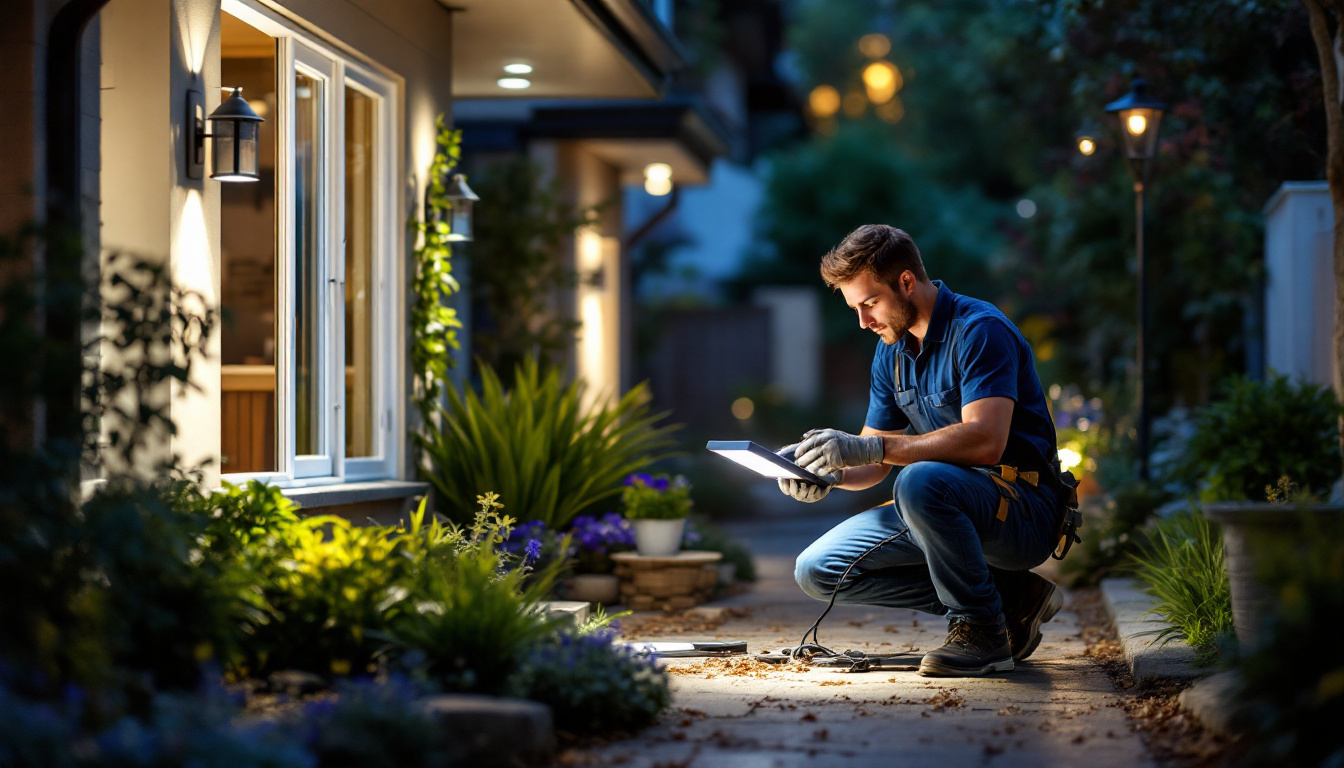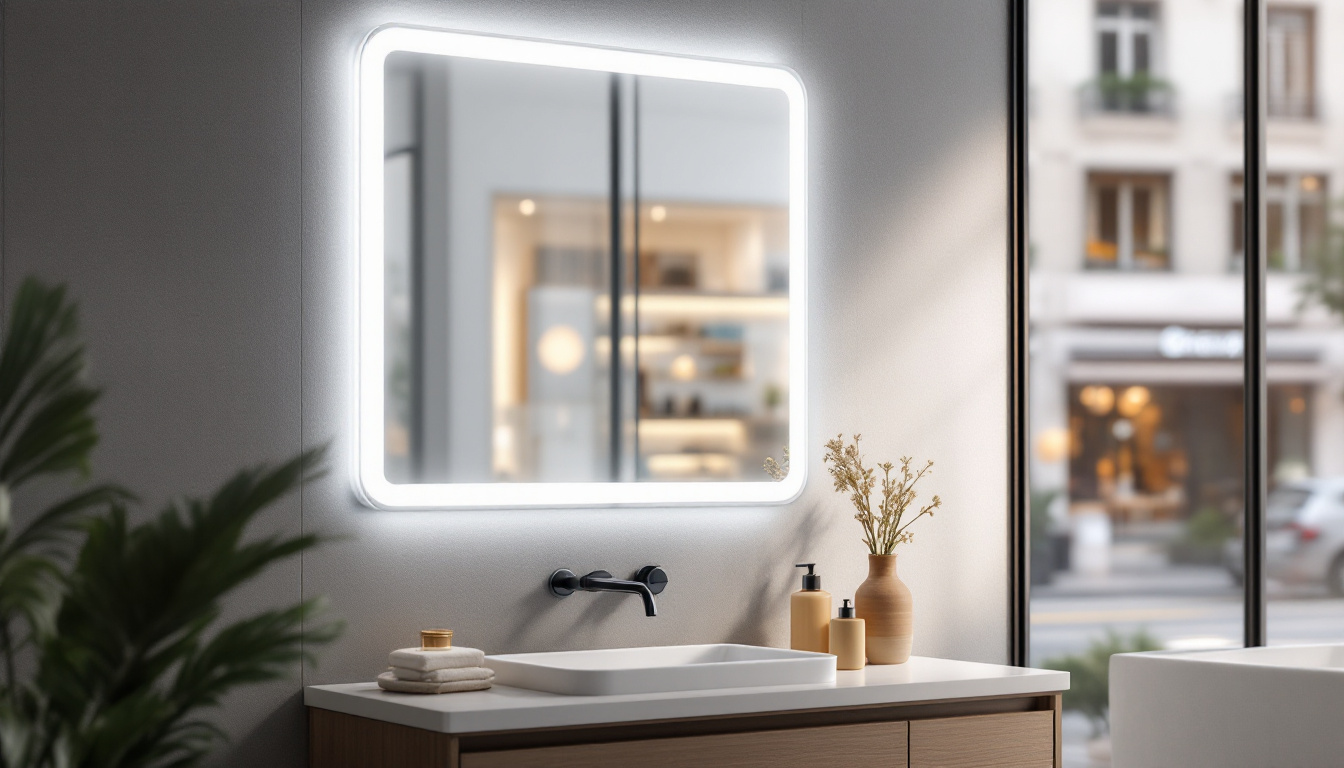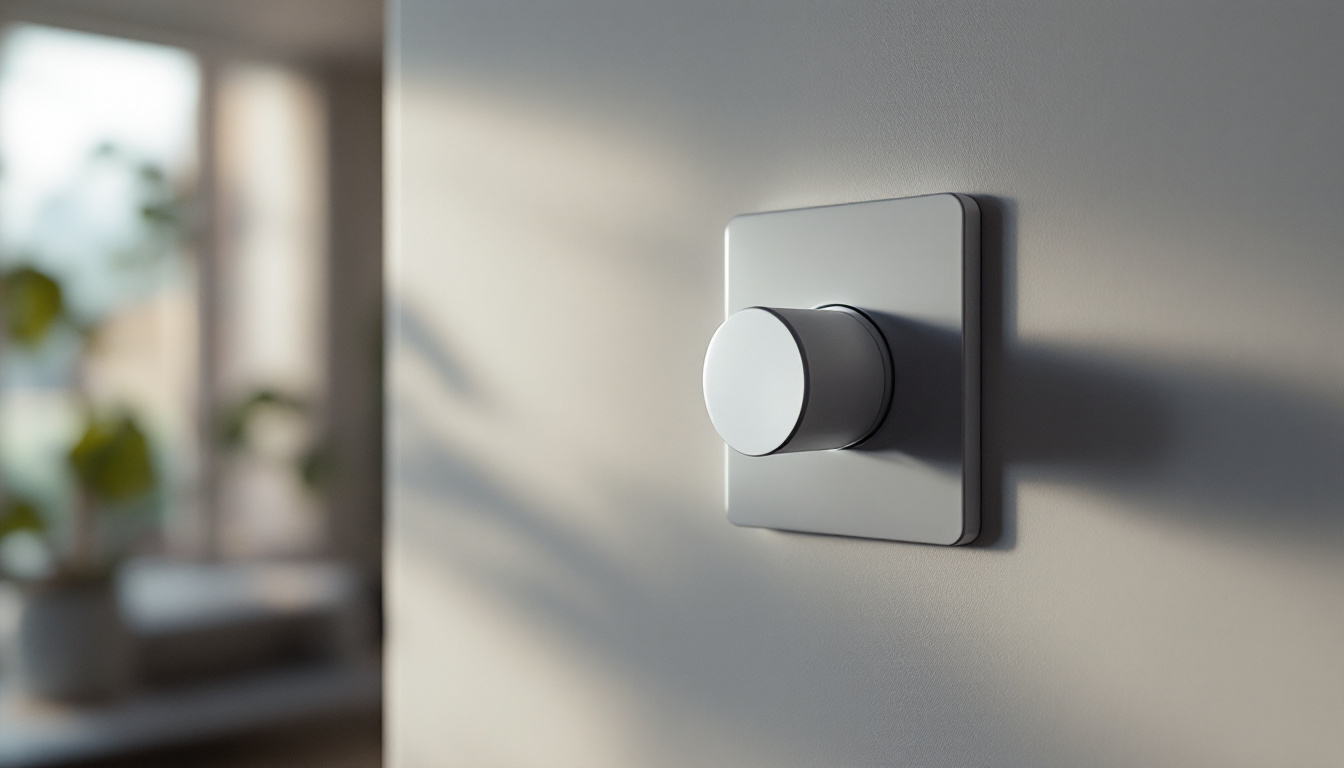

Lighting is an essential aspect of any construction or renovation project, and choosing the right type of lighting can significantly impact energy efficiency, cost, and overall aesthetics. Among the various options available, fluorescent and LED lighting are two of the most commonly used technologies. This article will explore the best practices for lighting contractors when comparing fluorescent and LED lighting, helping professionals make informed decisions that align with their clients’ needs and project requirements.
Fluorescent lighting has been a staple in both residential and commercial settings for decades. It operates by passing an electric current through a gas, which produces ultraviolet light that then excites a phosphor coating inside the bulb, generating visible light. While fluorescent lights are known for their efficiency compared to traditional incandescent bulbs, they still have limitations that contractors should consider.
Fluorescent lights offer several benefits that make them a popular choice among contractors. One of the most significant advantages is their energy efficiency. They consume less power than incandescent bulbs, leading to lower electricity bills. Additionally, fluorescent lights have a longer lifespan, typically lasting around 7,000 to 15,000 hours, which reduces the frequency of replacements.
Another advantage is the availability of various color temperatures, allowing for flexibility in design. From cool white to warm white, contractors can choose the right hue to match the ambiance of the space. Moreover, fluorescent fixtures can be easily integrated into existing lighting systems, making them a practical option for retrofitting projects. This adaptability also means that fluorescent lights can be used in a wide range of applications, from office environments to retail spaces, enhancing both functionality and aesthetic appeal.
Despite their advantages, fluorescent lights also come with drawbacks. One of the most notable issues is the flickering that can occur when they are first turned on or when they age. This flickering can cause discomfort for occupants and may lead to headaches or eye strain. Furthermore, fluorescent bulbs contain mercury, which poses environmental concerns during disposal. Proper disposal methods are essential to mitigate these risks, and many municipalities have implemented recycling programs specifically for fluorescent bulbs to ensure they are handled safely.
Another limitation is the quality of light produced. Fluorescent lighting often lacks the warmth and color rendering capabilities of other lighting technologies, which can affect the overall aesthetic of a space. For contractors, this means that while fluorescent lights may be cost-effective, they may not always meet the design expectations of clients. Additionally, the harshness of fluorescent light can sometimes create an uninviting atmosphere, particularly in settings where a more relaxed or intimate environment is desired. As a result, contractors may need to consider supplementing fluorescent lighting with other types of fixtures, such as LED or incandescent lights, to achieve a more balanced and pleasing illumination scheme.
LED (Light Emitting Diode) lighting has rapidly gained popularity in recent years, becoming a preferred choice for many lighting contractors. LEDs work by passing an electric current through a semiconductor material, which emits light. This technology has revolutionized the lighting industry, offering numerous advantages over traditional options.
One of the most significant benefits of LED lighting is its energy efficiency. LEDs consume up to 80% less energy than incandescent bulbs and last significantly longer, with lifespans ranging from 15,000 to 50,000 hours. This longevity means fewer replacements and lower maintenance costs for contractors and their clients.
Additionally, LEDs provide superior color rendering, allowing for a more accurate representation of colors in a space. This quality is particularly important in settings such as retail stores, art galleries, and restaurants, where the ambiance and appearance of products or artwork are crucial. Furthermore, LEDs are available in a wide range of color temperatures, giving contractors the flexibility to create the desired atmosphere. The ability to choose between warm and cool lighting can dramatically influence the mood of a room, making it an essential tool for interior designers and architects who aim to enhance the aesthetic appeal of their projects.
Moreover, the environmental impact of LED lighting cannot be overlooked. Unlike traditional bulbs, LEDs do not contain harmful substances like mercury, making them a safer choice for both consumers and the environment. Their low energy consumption also contributes to a reduction in greenhouse gas emissions, aligning with global efforts to promote sustainability and combat climate change. As more individuals and businesses prioritize eco-friendly practices, the demand for LED lighting continues to rise, further solidifying its place in modern lighting solutions.
While LEDs offer many advantages, they are not without their challenges. The initial cost of LED fixtures can be higher than that of fluorescent lights, which may deter some clients. However, it is essential to educate clients about the long-term savings associated with energy efficiency and reduced maintenance costs. Many contractors are now employing cost-benefit analyses to demonstrate to clients how the upfront investment pays off over time, especially in commercial settings where lighting costs can be substantial.
Another consideration is the heat produced by LED fixtures. Although they generate less heat than incandescent bulbs, improper installation or use of incompatible dimmers can lead to overheating, which may shorten their lifespan. Contractors must ensure that the fixtures are correctly installed and compatible with the existing electrical systems. Additionally, the rapid advancement of LED technology means that staying updated with the latest products and installation techniques is crucial for contractors. As new features, such as smart lighting capabilities, become available, professionals in the field must continuously adapt to provide the best solutions for their clients, ensuring that they are not only meeting current needs but also anticipating future trends in lighting design.
When choosing between fluorescent and LED lighting, contractors must consider various factors, including energy efficiency, cost, lifespan, and application suitability. A comparative analysis can help clarify the best choice for specific projects.
In terms of energy efficiency, LEDs outperform fluorescent lights significantly. While fluorescent bulbs consume about 35% less energy than incandescent bulbs, LEDs can reduce energy consumption by up to 80%. This efficiency translates into substantial savings on electricity bills over time, making LEDs a more economical choice in the long run.
Although the upfront cost of LED fixtures may be higher, contractors should emphasize the total cost of ownership to clients. This includes considering the reduced energy bills, lower maintenance costs due to longer lifespans, and the potential for rebates and incentives for energy-efficient installations.
LED lights have a clear advantage when it comes to lifespan. With a lifespan of up to 50,000 hours, LEDs require far fewer replacements than fluorescent bulbs, which typically last between 7,000 and 15,000 hours. This longevity not only reduces maintenance efforts but also minimizes the disruption caused by changing bulbs in commercial settings.
Contractors should also consider the ease of maintenance when discussing lighting options with clients. LED fixtures often come with warranties that provide additional peace of mind, further solidifying their value proposition.
Different lighting applications may favor one technology over the other. For instance, fluorescent lights are often used in commercial settings, such as offices and warehouses, where their efficiency and lower initial costs are appealing. However, in environments that require high-quality light, such as retail spaces or galleries, LEDs are typically the better choice due to their superior color rendering and flexibility in design.
Moreover, LEDs are increasingly being used in outdoor applications, where their durability and resistance to harsh weather conditions make them ideal for street lighting, parking lots, and landscape lighting. Contractors should assess the specific needs of each project to determine the most suitable lighting solution.
To ensure successful lighting installations, contractors should adhere to several best practices when working with fluorescent and LED lighting technologies. These practices can help optimize performance, enhance client satisfaction, and streamline the installation process.
Before selecting a lighting solution, contractors should conduct a comprehensive assessment of the project requirements. This includes evaluating the space, understanding the client’s needs, and considering factors such as energy efficiency, aesthetics, and budget. Engaging clients in this process can foster collaboration and ensure that their expectations are met.
Additionally, contractors should consider the existing electrical infrastructure and any potential upgrades needed to accommodate new lighting technologies. This proactive approach can prevent issues during installation and ensure a seamless transition to the new lighting system.
Education is a vital component of the contractor-client relationship. Lighting contractors should take the time to explain the differences between fluorescent and LED lighting, including the benefits and drawbacks of each option. Providing clients with clear, concise information can empower them to make informed decisions that align with their goals and budget.
Moreover, contractors should highlight the long-term savings associated with energy-efficient lighting solutions, helping clients understand the value of investing in higher-quality fixtures. This education can lead to greater client satisfaction and potentially more referrals for future projects.
The lighting industry is continually evolving, with new technologies and trends emerging regularly. Contractors should stay informed about the latest advancements in lighting technology, including energy-efficient solutions, smart lighting systems, and design innovations. This knowledge can enhance their credibility and position them as industry leaders.
Participating in industry conferences, workshops, and training sessions can provide valuable insights and networking opportunities. By staying current, contractors can better serve their clients and adapt to changing market demands.
Choosing between fluorescent and LED lighting requires careful consideration of various factors, including energy efficiency, cost, lifespan, and application suitability. For lighting contractors, understanding the advantages and disadvantages of each technology is crucial for making informed recommendations to clients.
By adhering to best practices, conducting thorough assessments, educating clients, and staying updated on industry trends, contractors can ensure successful lighting installations that meet the needs of their clients while maximizing efficiency and aesthetics. Ultimately, the choice between fluorescent and LED lighting will depend on the specific requirements of each project, but with the right knowledge and approach, contractors can navigate this decision with confidence.
Ready to elevate your lighting installations with the best in energy efficiency, cost-effectiveness, and design flexibility? Look no further than LumenWholesale. Our extensive range of spec-grade lighting products is tailored to meet the needs of discerning contractors like you. With unbeatable wholesale prices and the convenience of free shipping on bulk orders, you can trust us to provide premium lighting solutions that enhance every project. Don’t compromise on quality or value—choose LumenWholesale for lighting that truly shines. Start exploring our selection and take advantage of the best value in wholesale lighting today by visiting Wholesale Lighting at the Best Value.

Discover essential tips and strategies for lighting contractors to prevent common pitfalls when installing outdoor light boxes.

Discover why purchasing LED mirrors in bulk from local distributors might not be the best choice.

Explore the transformative journey of dimmer technology in the lighting industry, from its early innovations to cutting-edge advancements, and discover how it continues to shape modern illumination solutions..

Discover the key qualities that distinguish top lighting contractors in the industry.
Get notified when NEW deals are released.
Optimize your budget with wholesale discounts.
Only top-quality, specification-grade lighting products.
No additional costs at checkout - what you see is what you pay.
We understand the unique needs of contractors.